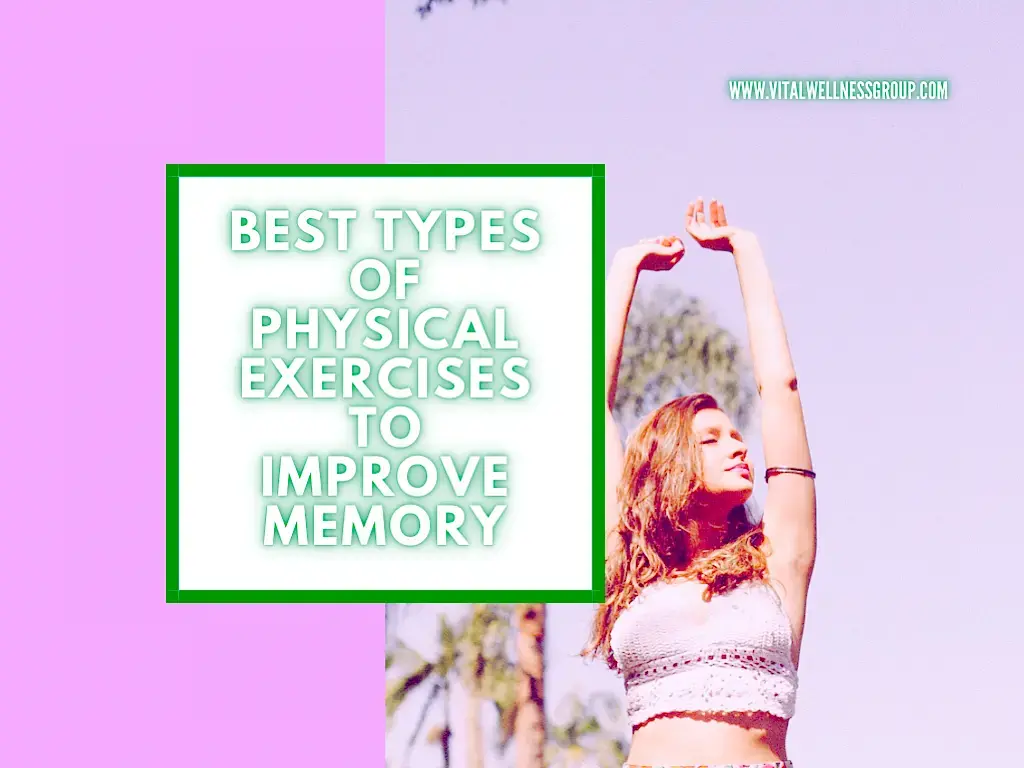According to the United Nations Department of Economic and Social Affairs, Population Division, adults aged 65 and over are the fastest expanding demographic group, reaching 20% of the world population by 2030; and preserving a sharp mind is a primary goal for them. The idea that a healthy mind lives in a healthy body dates back at least 2,000 years, and the advantages of physical exercises to improve memory are not a new thought either. Training on numerous fronts influences the brain. It increases cardiac velocity, pumping the brain more oxygen. It also supports the body’s release of many hormones, which all contribute to the development and nutrition of brain cell growth.
As per a study by the Department of Exercise at the University of Georgia, even short 20 minutes of physical exercises can improve memory processing and accelerate information.
Exercise induces plasticity in a wide range of crucial cortical areas of the brain, stimulating new connections between cells. UCLA’s recent research has shown that exercise increases brain development factors, facilitating new neural connections for the brain.

It is still not decided which exercise is ideal for brain health because it is complicated. Experts are still trying to understand how exercising changes our body since not all activities work out the same for every individual. One exercise that may be good for one might not suit the other one.
The cognitive benefits following practice (mostly aerobic, such as running, cycling) were connected in large numbers both in people and animals to the enhanced ability of the heart, lungs, and blood to carry oxygen.
As a result, generalized impacts of the brain were all documented. This resulted in increased blood vessel count and synapses, increased brain volumes, and reduced age-related brain atrophy.
Also Check: Top 8 Best Habits For Healthy Brain
Benefits of Physical Exercises To Improve Memory
Exercise maintains and promotes body health through lung growth, circulation acceleration, and muscle and bone growth. But it is known that exercises can be done in addition to these activities so that the brain grows and the mental faculties expand symmetrically.
Here are some benefits that physical exercise has on your brain.
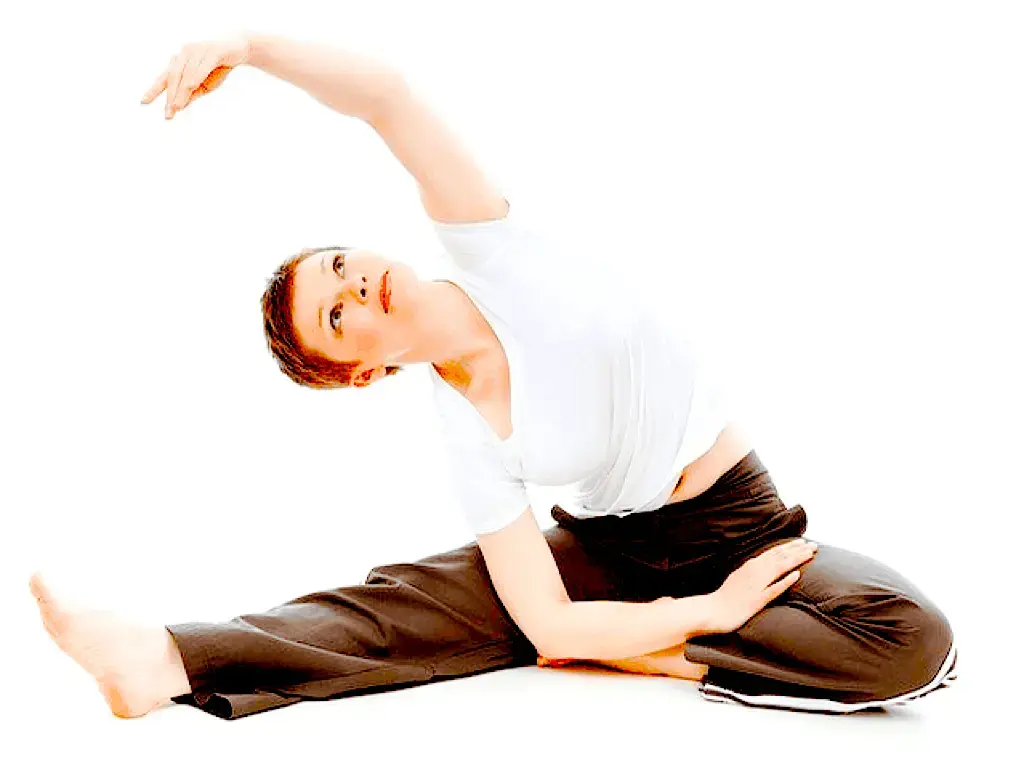
1. Depression
Recent studies show that exercise can treat mild to moderate depression, just like anti-depressants. In a new Harvard T.H. Chan School of Public Health study, the incidence of severe depression decreases by 26%, running for 15 minutes a day or walking an hour.
Research also shows that maintaining a workout plan can protect you from relapsing in addition to alleviating depressive symptoms.
Exercise is a powerful depression fighter. It promotes different kinds of changes in the brain that includes neural growth, reduced inflammation, and new activity patterns. This promotes calm and well-being emotions.
It releases chemicals like endorphins in your brain that energize your spirit and makes you feel good. It serves as a distraction that allows you to find some quiet time to break off the.
2. Anxiety
Exercise is a cure against anxiety which is natural and effective. It reduces tension and stress, improves physical and intellectual vitality through releasing endorphins, and improves well-being.
Anything that makes you work out can help, but you will have a more significant advantage if you give attention rather than zoning out. Focus on your body while working out feel the sensation of every move. This will interrupt your constant thoughts of worry and make you feel calm.
3. Stress
Under stress, your body feels tense, mainly your neck, face, and shoulders, leaving neck pain, headache, and shoulder pain. You may have a tightness, pulsation, or muscle cramping of your chest.
You may also have difficulties including insomnia, heartburn, stomach pain, diarrhea, or frequent urination. All these symptoms might lead to further tension and distress in your mind and body. A negative loop is caused by concern and discomfort.
4. Attention Deficit Hyperactivity Disorder (ADHD)
Exercises can improve memory, concentration, motivation, and mood. It helps boost dopamine, norepinephrine, and serotonin levels, all of which help you keep focus.
5. Sharper memory
Concentration and sharpness for your tasks assist you also to feel better with the same endorphins. Furthermore, exercise stimulates brain cell growth and helps avoid aging declines.
Also Check: The Importance Of Sleep And How It Can Restore Our Body And Mind
7 Types of Physical Exercises to Improve Memory
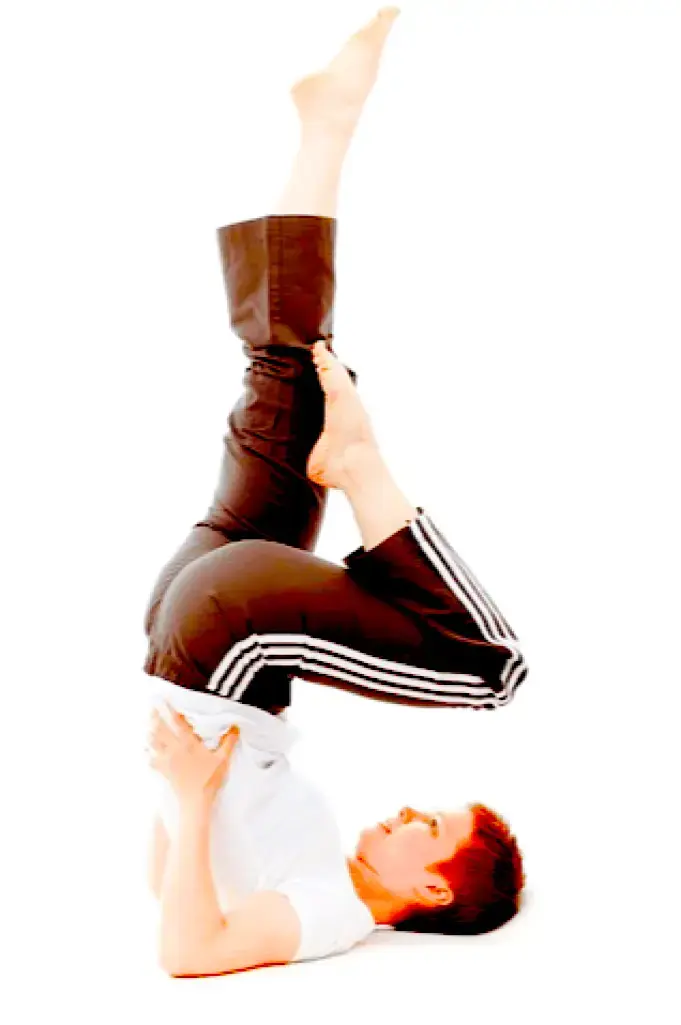
1. Aerobic Exercises
Aerobic Exercises provide better cardiovascular conditions. A recommendation from American Heart Association says a minimum of 30 minutes of cardio exercises is healthy.
Some examples of low-impact aerobic exercises include swimming, cycling, rowing, and more. Some high-impact aerobic exercises include rope jumping, etc.
One of the most effective benefits of aerobic exercise is the prevention of Alzheimer’s disease, the most common form of dementia.
BMC Public Health proves that people with a higher rate of physical activities have a lower risk of cognitive decline and dementia.
Aerobic exercises help reduce symptoms of depression and anxiety in people. Along with physical exercises, it helps with better grades at school and improved performance on cognitive tasks, such as memory tests.
2. Running
The University of Aberdeen stated that running triggers creative thinking. A few days later, hundreds of millions of new brain cells were expanding, to improve memory building skills and other cognitive processes critical to learning and other cognitive functioning.
In a location associated with memory creation and collection, the other brain cells emerged. This paper shows why running and other physical exercises can improve memory and learning and possibly slow down the mental degradation of old-age skills.
3. Walking
We do something naturally – walking – one of the most efficient and basic brain exercises. Although it may appear simple to step forward with one foot putting in front of the other, this is a complicated process that demands the harmonious coordination of all the joints, bones, muscles, and nerves.
If an abnormality occurs even in one of these components, regular walking is impossible. In one step, around 200 bones and 600 muscles are moved in the human body, and various brain functions are required to accomplish all of this simultaneously. In short, walking is advanced brain training.
4. Strength Training
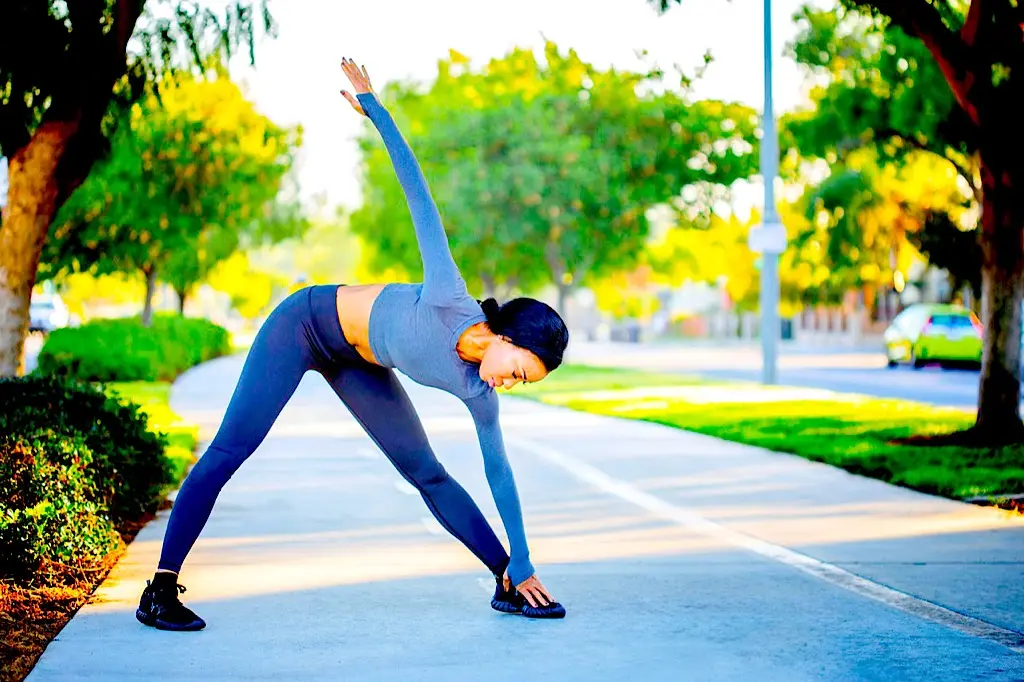
Researchers have found that a few months of strength training lifting weights can help protect the brain’s vulnerable areas, especially those that can cause Alzheimer’s disease. The University of Sydney experimented.
The study participants were randomly assigned for computerized brain training, strength training, and computer combined training for only six months and 12 months of regular activity.
The study indicated that exercising strength led to general cognitive performance advantages in the hippocampal area, associated with protection from degeneration. The hippocampus is a complicated brain region that has an important role to play in education and memory.
The sub regions of the hippocampus targeted by strength training were particularly sensitive to Alzheimer’s disease. In the control condition, where no strength training was conducted, hippocampus sub regions decreased by 3-4% over the 18-months, but those doing strength training saw only 1-2% reductions. In some instances, none at all.
5. Be Flexible
Flexibility can be improved with stretching exercises. Your posture will probably improve when you concentrate on strengthening muscular flexibility. Your body can be aligned appropriately and any imbalances corrected.
Furthermore, it is simpler to sit or stand in some ways with an increased range of motion. Yoga has proven to improve equilibrium.
6. Balance
One of the main benefits of balancing practice is that it promotes better neuroplastic that maintains the brain supple and young and improves the brain’s “higher” functions such as reading, memory, understanding, and math.
Studies have demonstrated that your coordination, agility, and balance differentiate your brain from aerobic or strength education in a fundamental sense.
7. Yoga
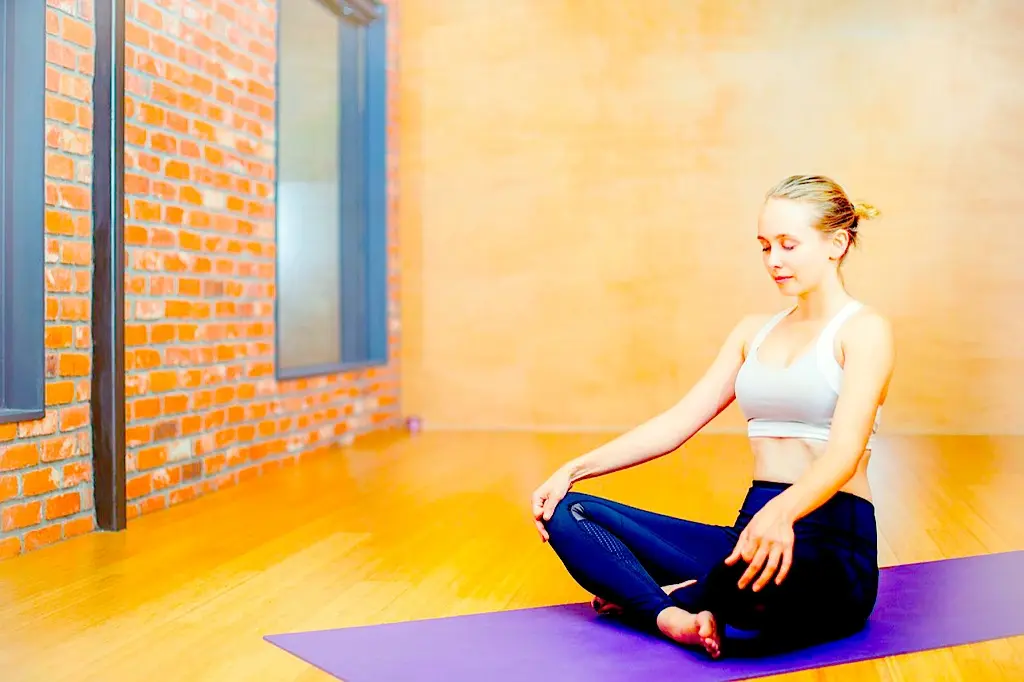
Yoga is an ancient practice of mind and body exercises. Because, yoga is a blend of physical postures, rhythmic breathing, and meditation to provide a single, comprehensive experience for practitioners.
Although physical exercises has had a well-documented health advantage and helps to improve memory, there has been a focus among exercise neuroscientists as an active attention component in respiration and meditation practice in recent years. There are different yoga poses that help in improving your brain functions.
- Padmasana (Lotus Pose)
Padmasana will relax your mind and give you a calm feeling. This gives your ankle and knees a good stretch, makes your thighs more flexible, and gives you a better body posture.
- Paschtimottanasana (Seated Forward Bend)
Paschtimottanasana reduces minor tension and depression, provides your shoulders with incredible flexibility. The spine is strengthened since it is a facing fold and soothes the mind. Asana relieves exhaustion and weariness and relieves high blood pressure and anxiety.
- Halasana (Plow Pose)
Halasana reduces metabolism and blood sugar levels. This releases tension in your back and makes your posture stronger. This also helps in bringing down depression and calms the brain.
- Sirsasana (Headstand)
Sirsasana immediately calms the body. It boosts the pituitary gland, strengthens the lungs, increases digestion, and heals asthma. It tones the abdominal organs and strengthens the arms and legs.
Also Check: 8 Great Ways To Boost Your Mental Health
Conclusion
Nothing is more important for your health and well-being than exercise. Exercise is necessary for maintaining strong muscles and joints and undoubtedly essential for your brain. Physical exercises can improve memory and brain health.
Throughout the years, various studies have proved the positive effect of exercise on our bodies. It is not necessary for just losing weight or looking good but also for your brain.
To exercise comfortably, you must have comfortable clothes which you can always buy from Proozy. Proozy provides authorized merchants with brand new fitness and outdoor gear. You can always use the Proozy Coupon for big deals and discounts. Keep Exercising and Stay Health.
Also Check: 4 Ways How To Lower High Heart Rate
Author bio: Jack Smith is a senior digital marketer at DealMeCoupon, engaged in the marketing and promotion of leading brands. His work depicts an intense read and understanding of the current market trends, helping brands to outperform others.
Images by Irina L, PublicDomainPictures and StockSnap

